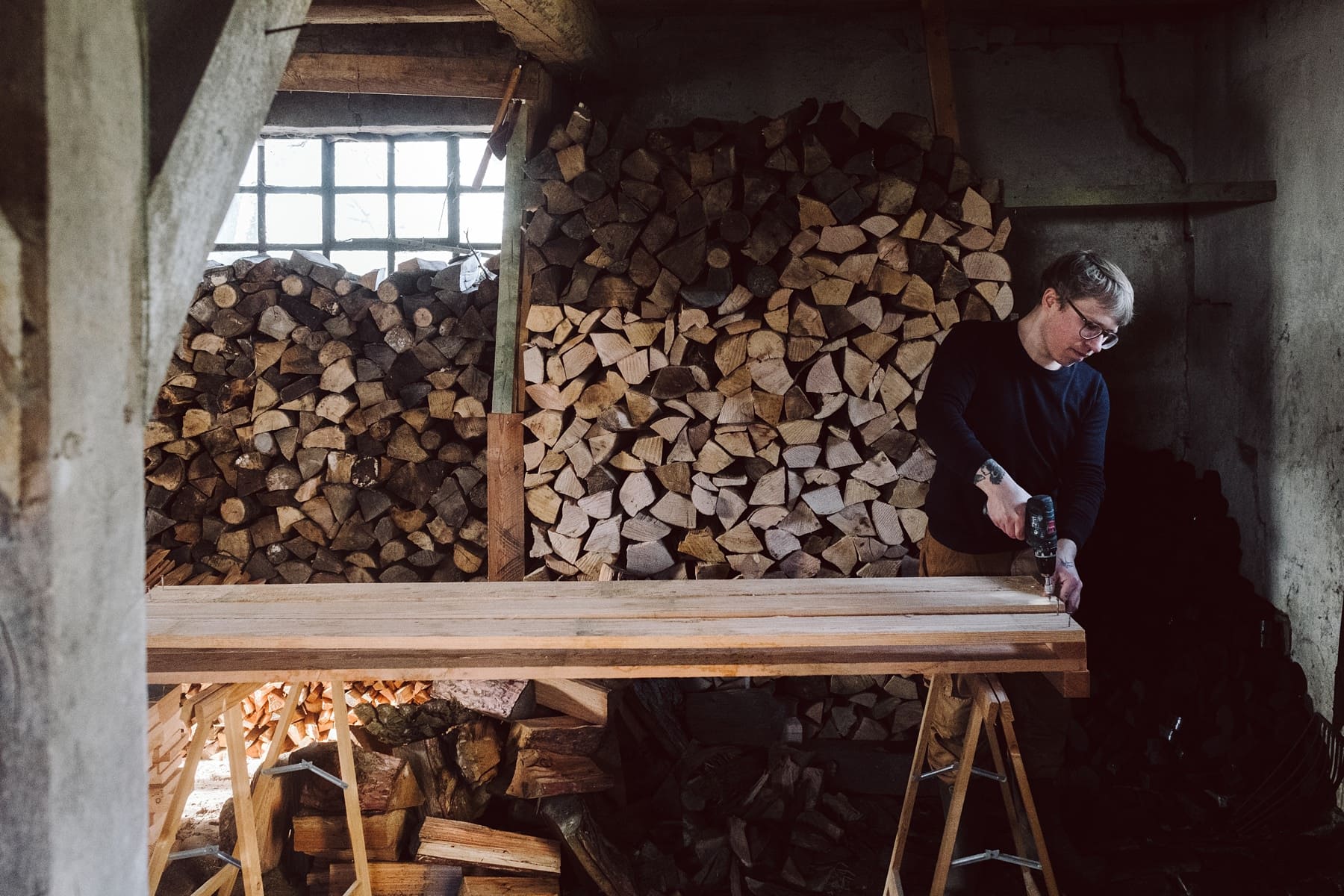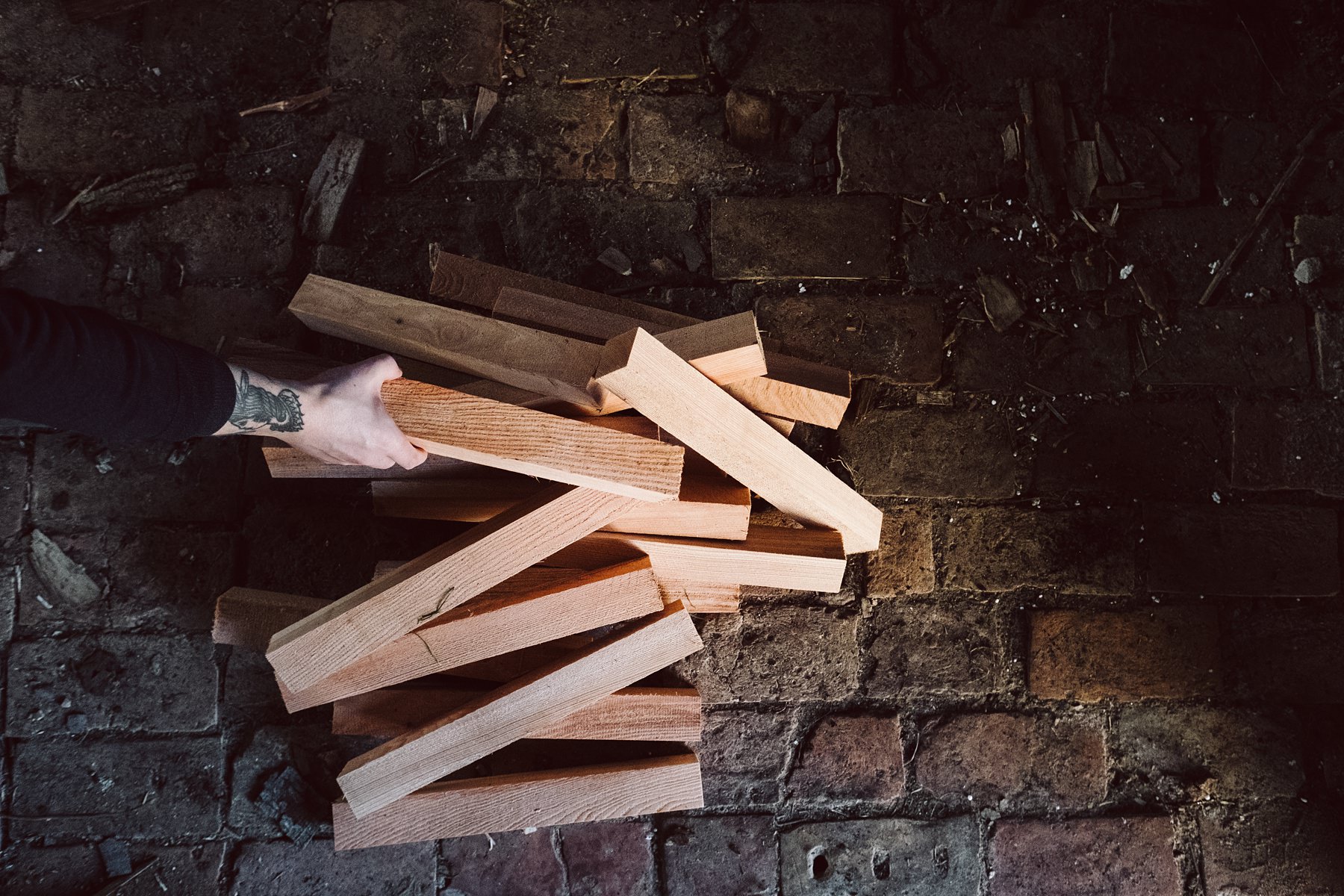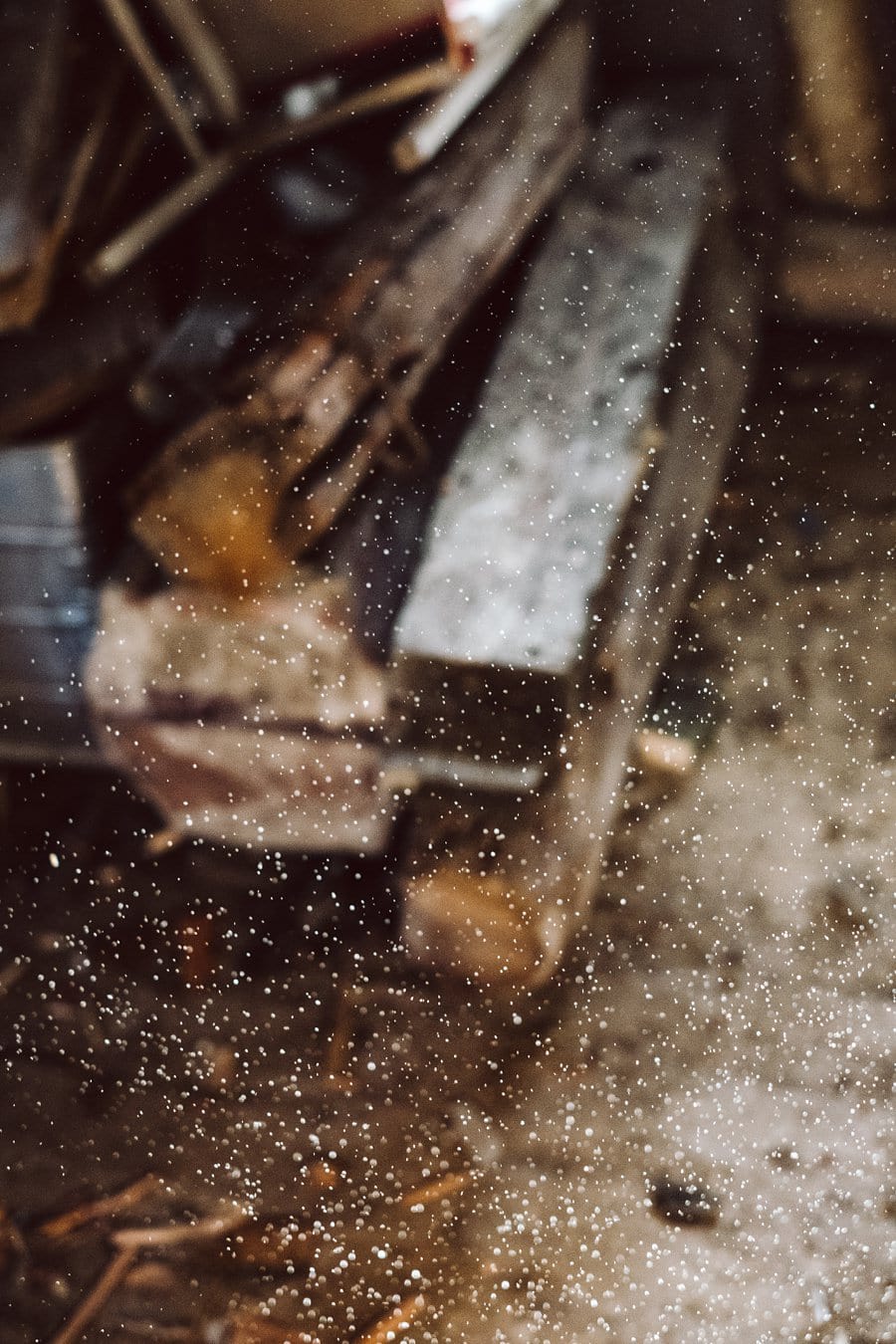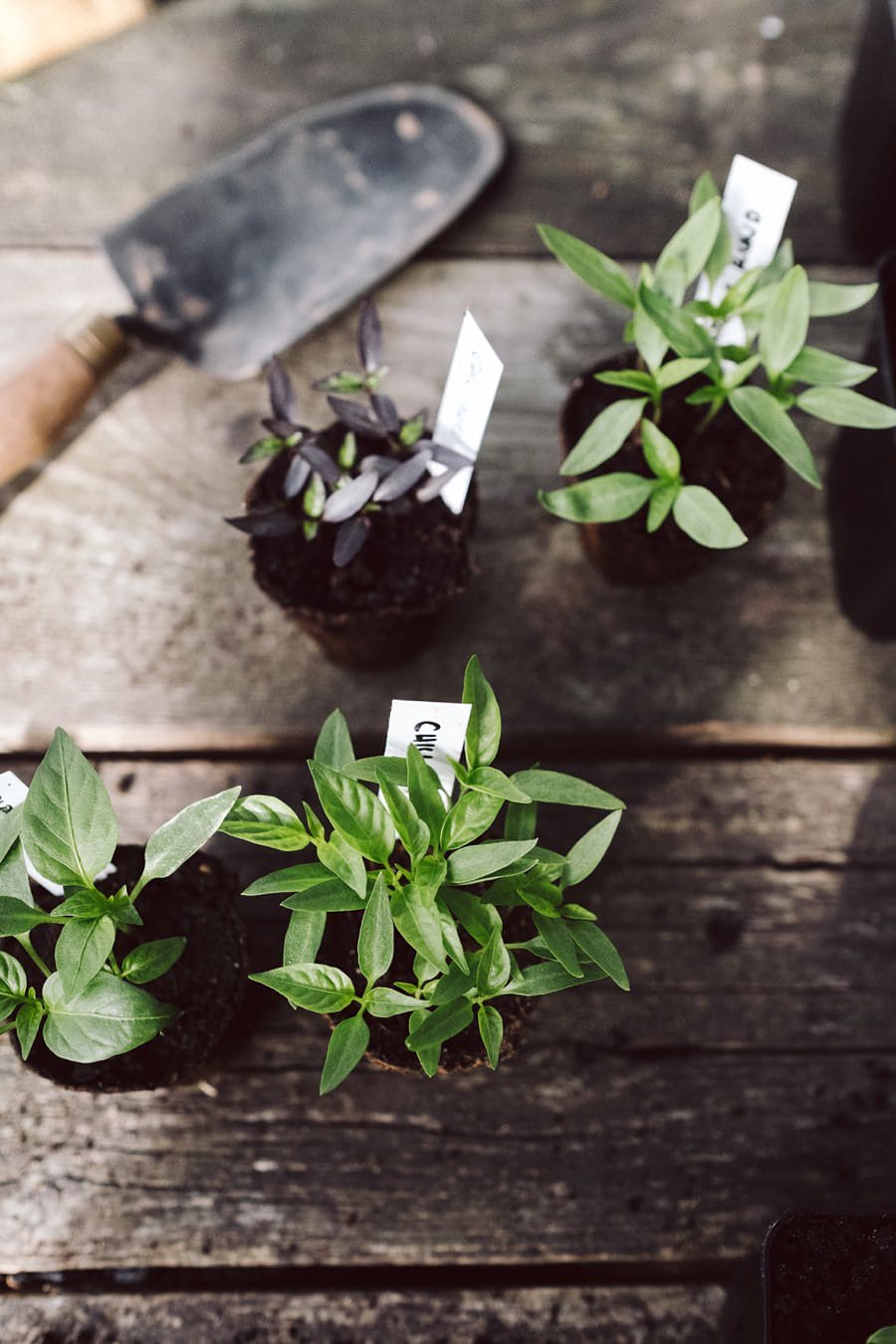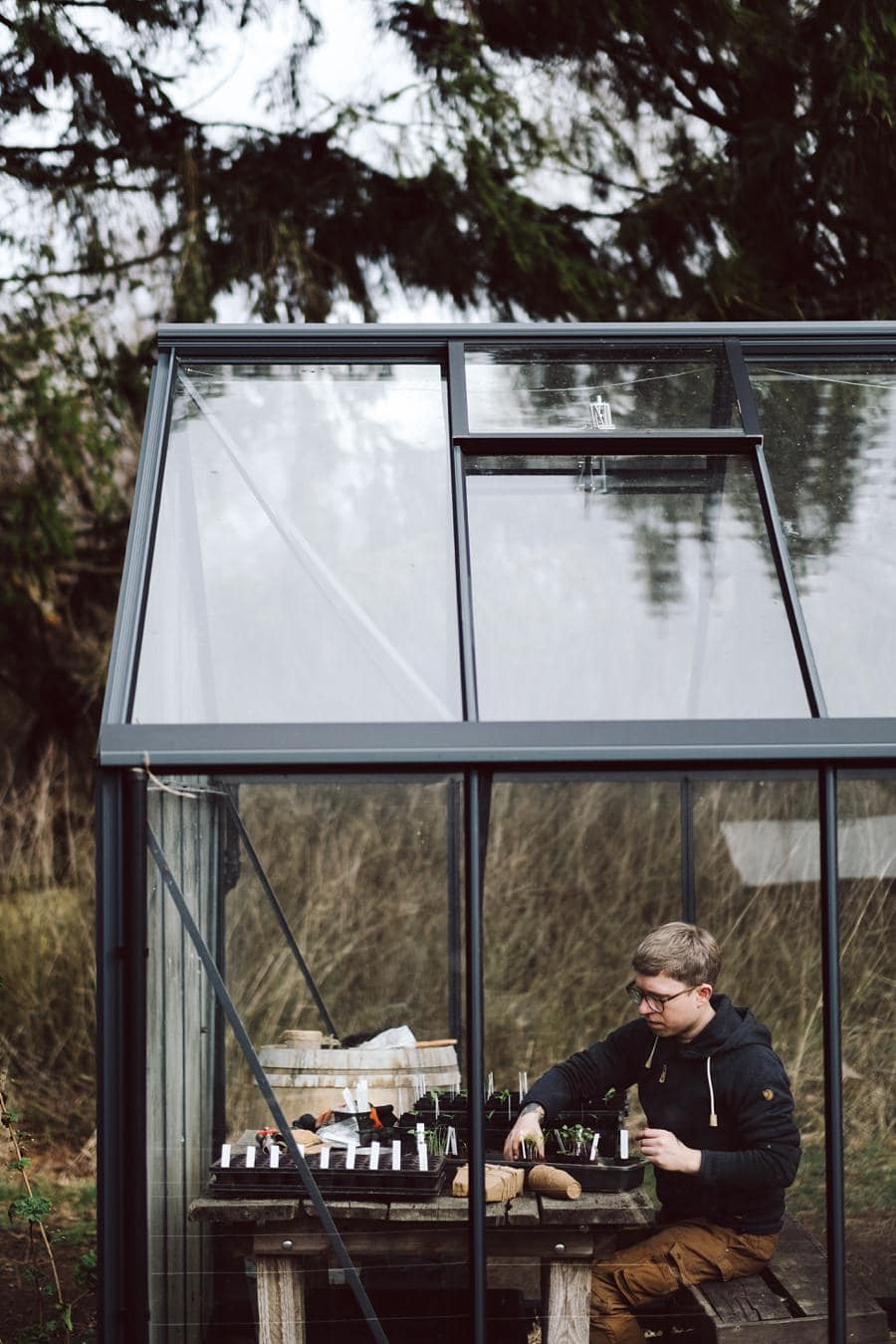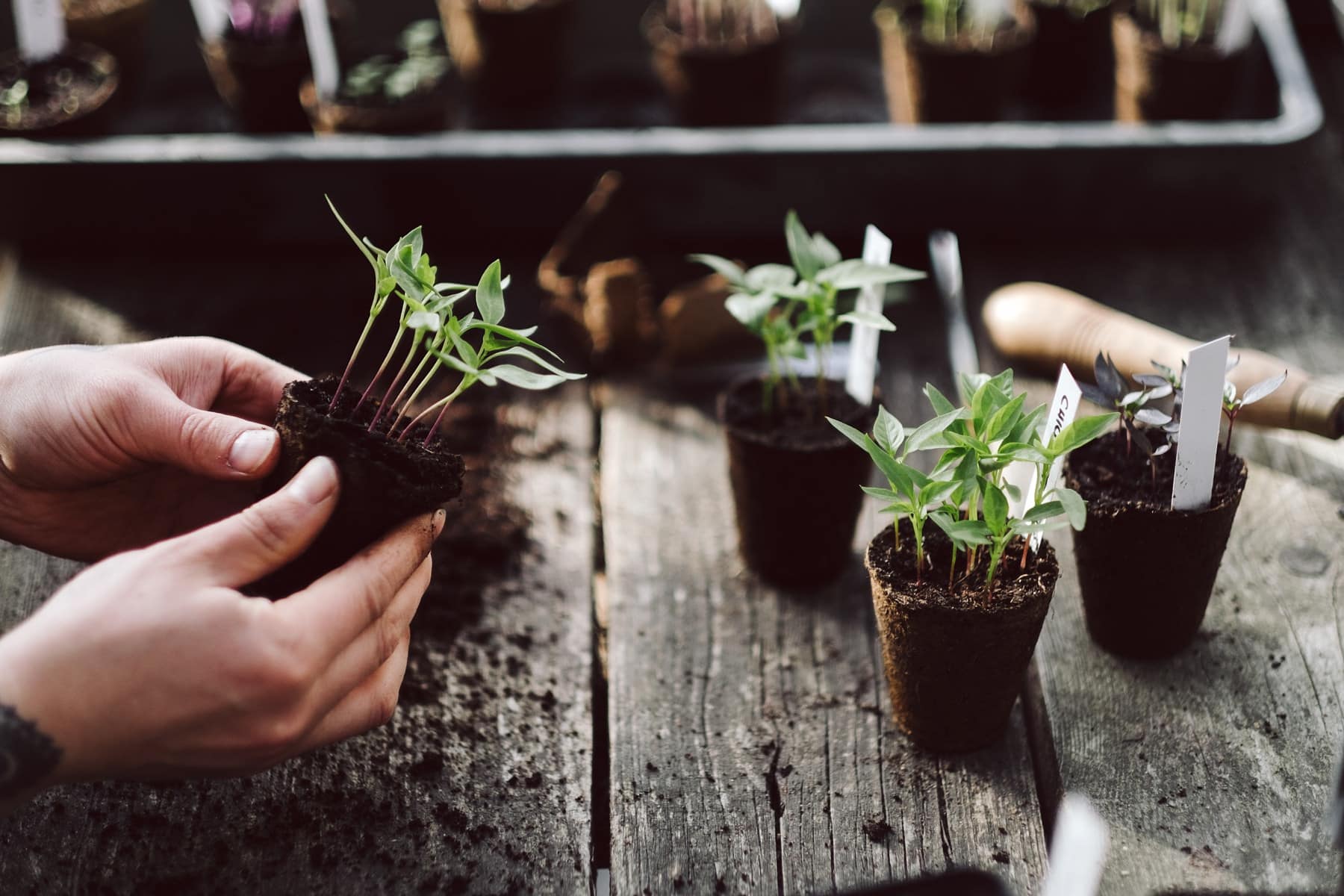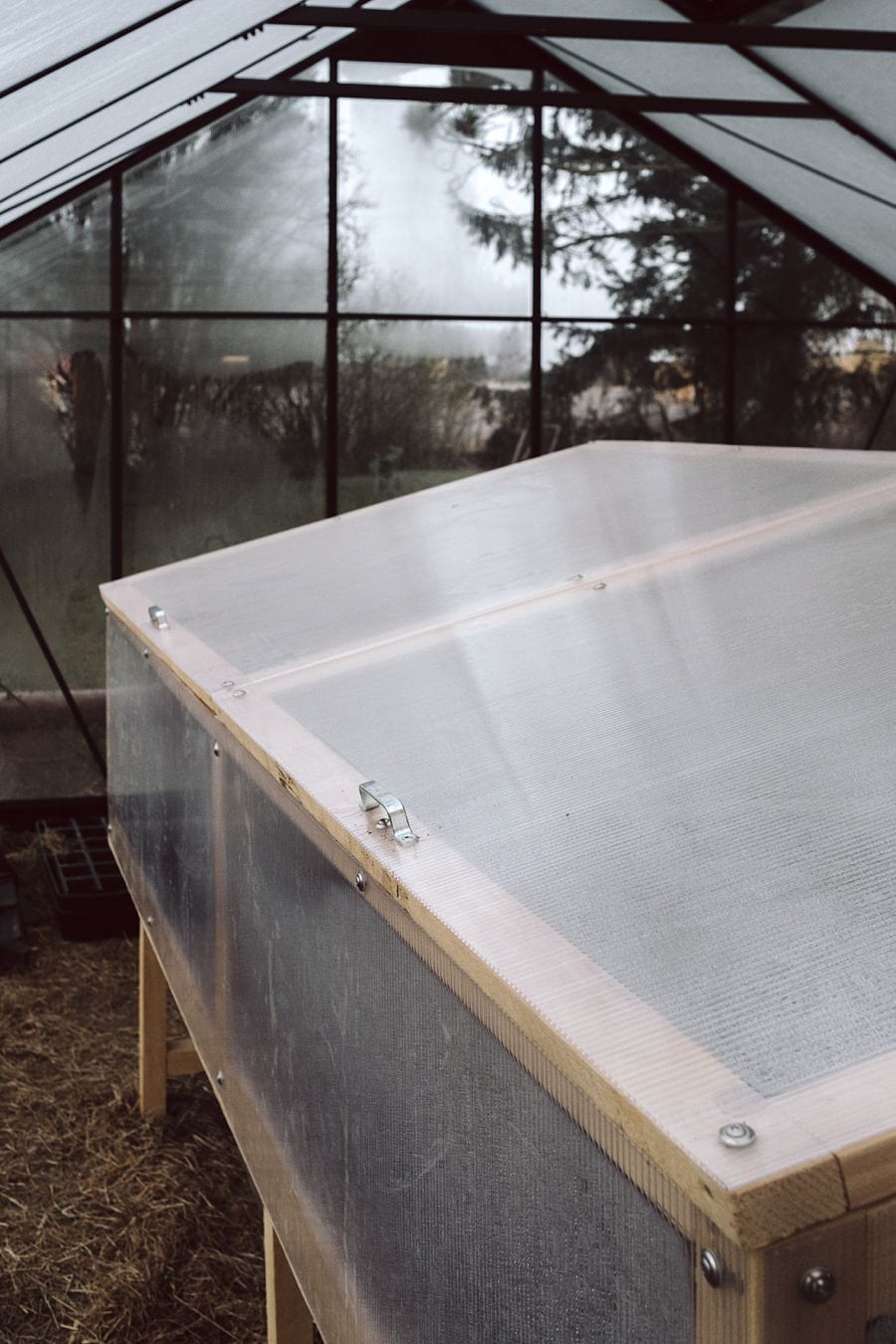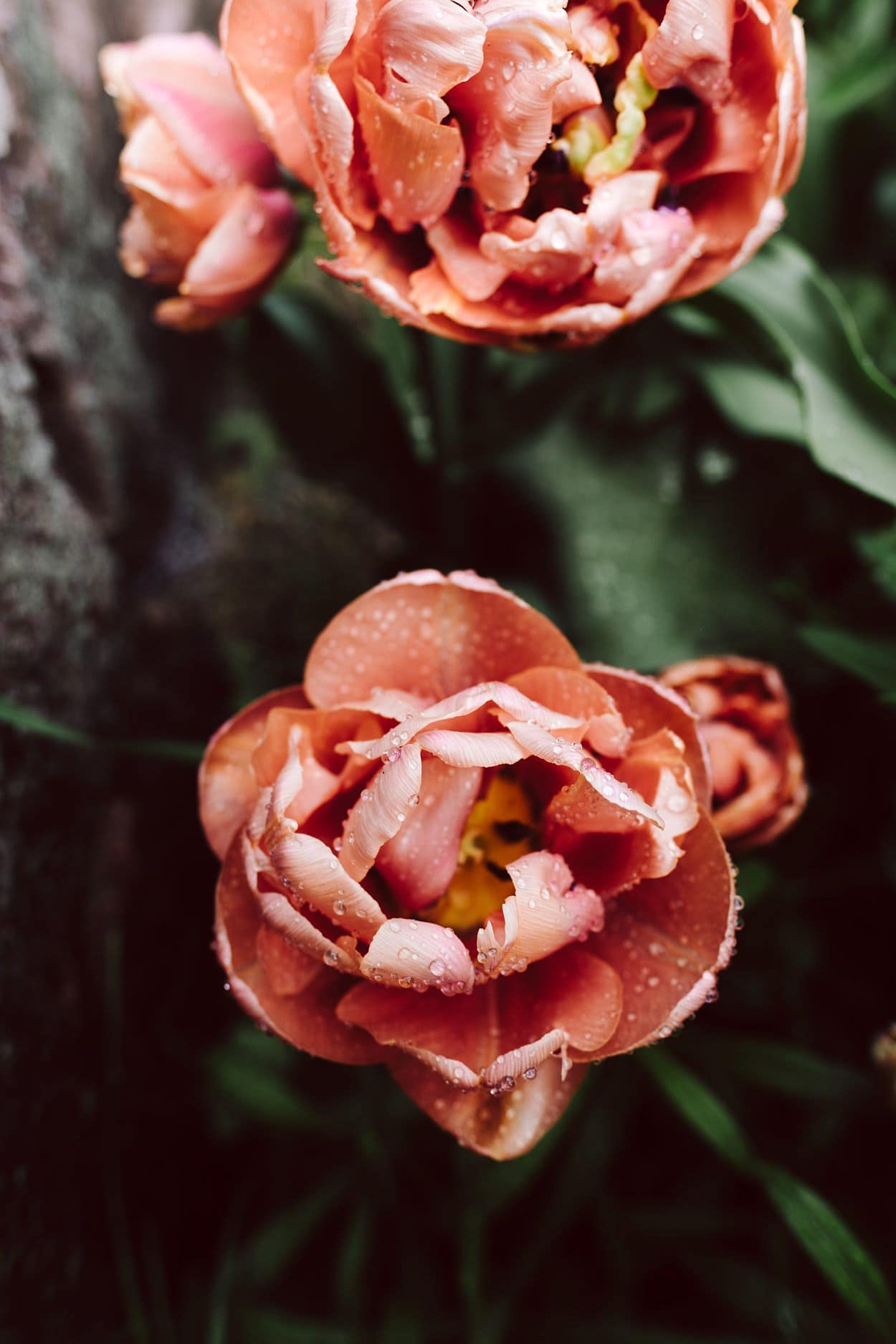
A wild fruit hedge of blackthorn, juneberry, elder berry, seabuckthorn, cornel cherry and other exciting bushes shall form the edge of the property. But also classics like raspberry, blackberry, and gooseberry won’t be missed between the cherry and apple trees. Yet, we will wait until autumn since the berries will grow better, and we want to concentrate on our vegetable garden for now, anyway.
To structure our vegetable garden we decided to build some raised beds. The larch wood was cut in the sawmill for us, so with drill and screwdriver we had 7 beds in the blink of an eye. Beside being a structure element for our garden, they shall protect the plants from pests, especially voles. For that, we installed a close-meshed wire on the bottom of the boxes. We will see if it works and if we will have more of fennel, celery and other vegetables the little mice are hungry for. Try and learn, that’s our motto for gardening. This way, we had, apart from our success, also some failures during our first gardening season last year, from which we now benefit by improving and optimizing our system (hopefully!). Part of that is the irrigation, for example. For the energy and irrigation in our green house, Yannic dug a 60 centimeter deep and 50 meter long trench. What a work! But now we can easily access water from water outlets and don’t have to work with kilometers long hoses. Furthermore, this new systems gives us the opportunity of an automatic irrigation like dripping hoses in our green house.
Not only the preparation of our patches is in full work, we also started growing the young plants a few weeks ago. After being pretty late with everything last year, we wanted to be better prepared this year. Some of the plants like paprika are ready to be pricked. Since we can’t keep all of the young plants in our house anymore, we built a little green house in our green house. With the help of a heating mat we can keep the temperature at a rather constant level, so the little plants won’t freeze over night. The energy expenditure is rather low since we only have to heat a little space instead of the whole green house. Plus, a wonderful climate evolves in the little green house, so the plants don’t have to be watered as often. It is great to start the whole propagation in our green house. Dry and protected from the wind, we have enough space to work and the young plants get the best exposure to light. Even if caring for the plant children has a lot to do with watching for us it feels great to finally work a bit more professional to have the best conditions for a rich harvest. The reason for all our work with the propagation of seed are the unusual and heirloom varieties we can grow this way. For us it is important to get the seed from our region since the seeds were taken from plants that are used to the climate and conditions. They should feel home right away in our garden and not be surprised by the raw climate in Mecklenburg. But every season has their surprise, no matter how well you are prepared. We take a pot luck how this season goes on and of course we keep you updated.
The time of transition between winter and spring is dreamily beautiful and incredible. Nature changes every day when she awakens from her winter sleep. Here in the countryside we see it even more. Every new little plant sprouting from the soil is marvelled at. Even a simple deadnettle with her soft violet blossoms becomes an attraction. Beside these little joys big feelings grow, too. When the sun tickles the frost from the grass, for example, and the scenery is covered in fog soon after, from which cranes rise, telling you full-throatedly of their existence. It is incredibly fascinating to watch these elegant animals, which are bustling on the field in front of our house since a few days. To wake up like this every morning makes all the little things you rack your brain about during the day seem so unimportant. Natures euphoric mood wakens our own thirst for action to finally start preparing our garden. Last spring, we prepared patches for weeks, dug them up and edged them. This new gardening season should have less preparation. We planned on relying on the already built structures, just loosen up the earth a bit and pluck some weed, which made itself a home over the winter.
However, we decided shortly to change this plan and to set up a completely new vegetable garden and to give our property a new structure. We fell in love with the idea to combine vegetable garden and green house. It shortens the ways and also makes it easier to care for the plants. So again, we started at zero and had to convert weeded grassland into bed plots. This time, however, not by hand but we brought in the big guns. How nice it is to call helpful gardeners with the necessary machines our friends. Olaf Schnelle grows heirloom vegetables, herbs and wild plants. We especially love the ferments he prepares from his harvest. Carrot in elderflower, ringed beet with woodruff, sauerkraut with grand fir, celery with quince, or beet root with currant wood are only a few of them. And all of them are delicious and on top of that very healthy. Next to his vegetable fields, Olaf has a beautiful garden around his farmhouse with a thatched roof. During our first visit we could not believe it is the same size as our own. It feels way more spacious. As a trained landscaper, Olaf knows the little and the big tricks, and with a lot of sensitiveness, he created beautiful places in his garden. We were so inspired we asked him to help us to bring some structure into our 3000m² property. It is not that easy to plan years ahead and to envision how the plants will develop. Thus, we are thankful for all the ideas, the great support, and of course for the culinary inspiration Olaf gave us. People like him are a big part of why we feel so comfortable here in Mecklenburg.
Despite professional machines we still needed our own muscles. Around our green house we created an area of 150m² productive land, on which we want to grow all sorts of vegetables, but also some perennials. The old spot we grew our vegetables on will be used as a further potato field. However, bit by bit we want to convert this part around our barn into a nibble garden.
